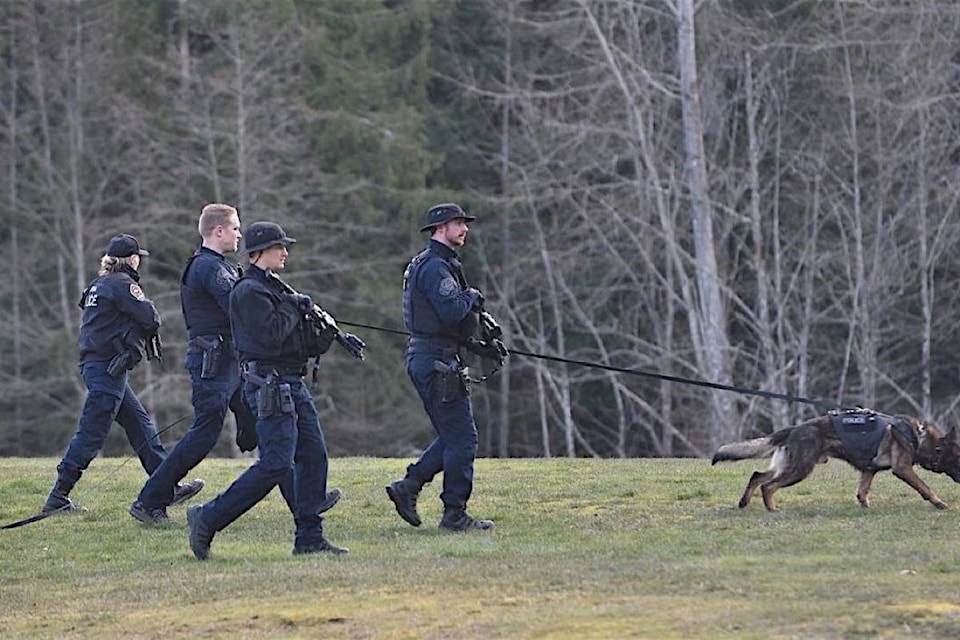Credible reports of armed intruders are rare for B.C. schools, but they do happen.
A middle school in Central Saanich is a recent example, after the administration received multiple student reports on March 1 of a man hiding in bushes near the school with what may have been a weapon.
As most schools do in an annual drill, a lockdown went into effect and police were notified. Doors were locked, students went into closets or under desks, blinds were closed, lights turned off and everyone kept quiet while the threat was assessed.
At Bayside middle school that day, the regional police Emergency Response Team arrived with an armoured vehicle, extra weapons and a dog handler to search a one-kilometre radius of the school. It would take a nerve-wracking five hours before parents could be told the threat was ended. No suspect was located.
B.C. Education Minister Rob Fleming says communication, reporting and awareness are keys to the ministry’s system established in 2012, known as the Expect Respect and A Safe Education (ERASE) Bullying Strategy. A review for updates is currently underway.
“When you look at events south of the border, I think school districts are looking for ways they can evaluate whether what we have in B.C. schools is significant enough,” Fleming told Black Press. “A lot of it is acting on tips. Information comes from students talking in the school. That gets to a teacher, maybe a parent, and it’s passed to a principal or a school administrator.”
The ministry’s ERASE Bullying website (erasebullying.ca) includes a reporting tool where students can anonymously warn the administration of threats or harassment against students. That includes online harassment, to identify situations that could lead to violence.
In 2017, training for “digital threat assessment” was introduced, and 17,000 staff have completed the training.
A provincial team of experts in violence risk assessment and prevention gives direct support to schools and school districts on high-risk cases and critical incidents.
